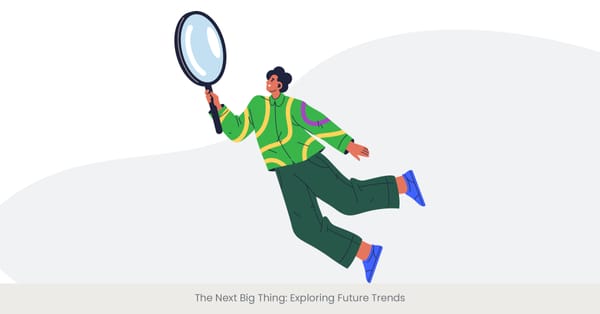
Adjusting the Tone: Professional vs. Consumer-Friendly
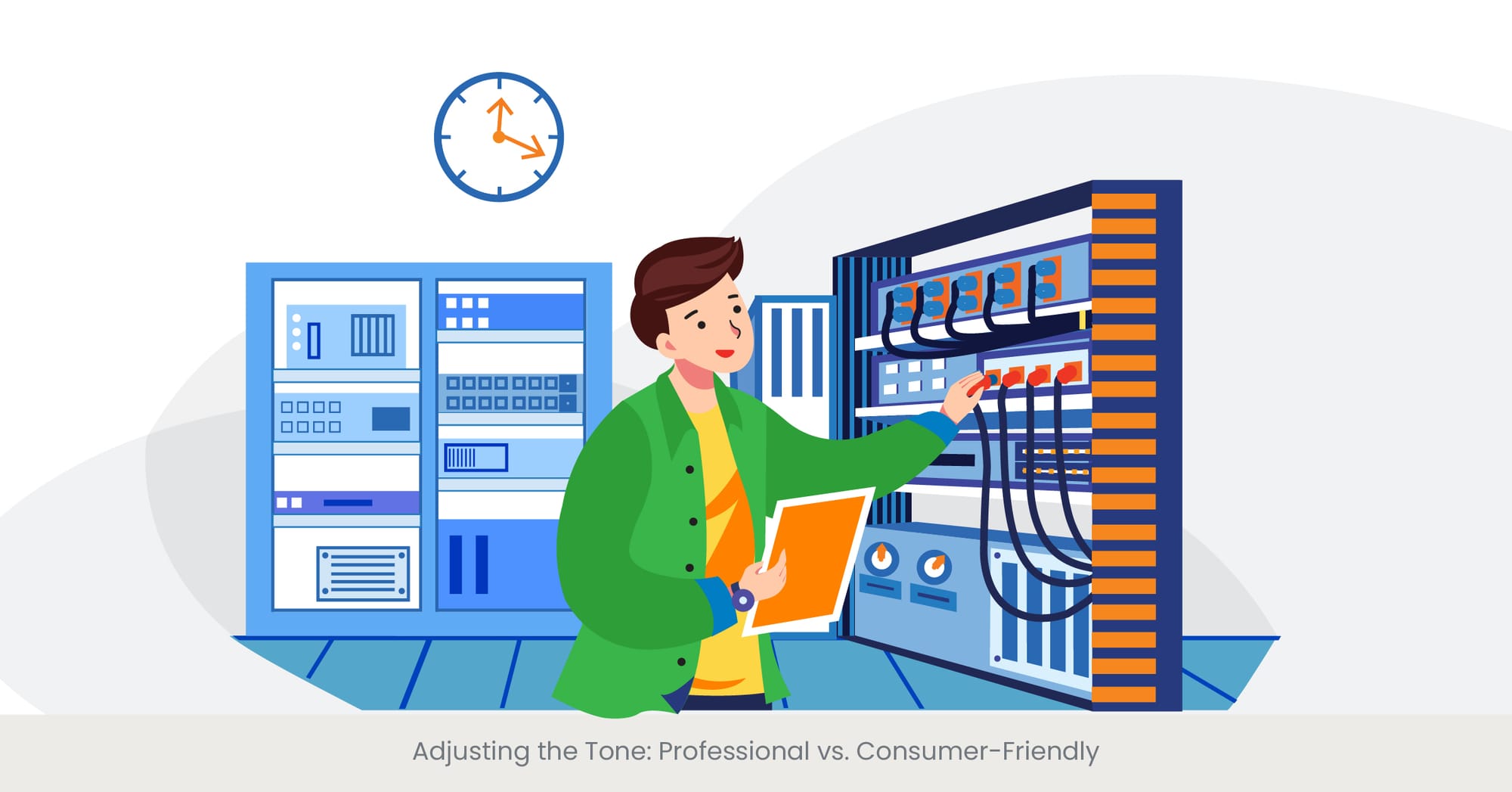
Understanding the Importance of Tone in Presentations
The tone of your product presentation can significantly impact how your message is received by the audience. When creating a B2B product presentation, a professional tone is essential to convey expertise, reliability, and trustworthiness. Incorporating Engaging Product Presentation Scripts can further refine your approach to captivate a business audience. In contrast, for B2C presentations, a consumer-friendly tone is more effective, as it engages the audience on a personal level and creates an emotional connection. Understanding the appropriate tone for your target audience is crucial for delivering an effective sales presentation and driving engagement during Visual Communication in Product Demos.
The Nuances of Professional Tone for B2B Audiences
A professional tone in B2B presentations involves using formal language, industry-specific terminology, and a structured approach. This is where Product Presentation Structure Templates can be highly valuable, helping to create a clear and organized flow for your presentation. B2B audiences, which often include decision-makers and executives, expect detailed information that addresses their business needs. Focusing on key elements such as data, case studies, and ROI is essential. Additionally, including Public Speaking Tips for Product Demos can help the sales team be well-prepared to answer technical questions and provide insights into how the product can solve specific pain points within the business.
Real-World Examples of Tone Adjustment
An excellent example of tone adjustment is Salesforce’s B2B presentations. Salesforce uses a professional tone, focusing on Engaging Product Presentation Scripts that include data-driven insights, customer success stories, and detailed product specifications to appeal to business professionals. In contrast, Apple's B2C product presentations are more consumer-friendly, using Visual Communication in Product Demos with simple language, emotional storytelling, and engaging visuals. By adjusting the tone and structure, both companies effectively engage their respective audiences, whether it's through Product Presentation Structure Templates or an informal approach for consumers.
Research and References Supporting Tone Adjustment
Research from the Harvard Business Review indicates that the tone of a presentation can significantly influence its effectiveness. B2B presentations with a professional tone are more likely to result in successful sales pitches, especially when paired with Presentation Coaching for Sales to ensure clarity and confidence. In B2C presentations, consumer-friendly tones that incorporate Visual Communication in Product Demos and emotional engagement tend to drive higher conversion rates. Data from the Content Marketing Institute shows that tailoring the tone of your product presentation to your target audience can increase engagement and conversion rates by up to 30%.
Data-Driven Approach for B2B Audiences
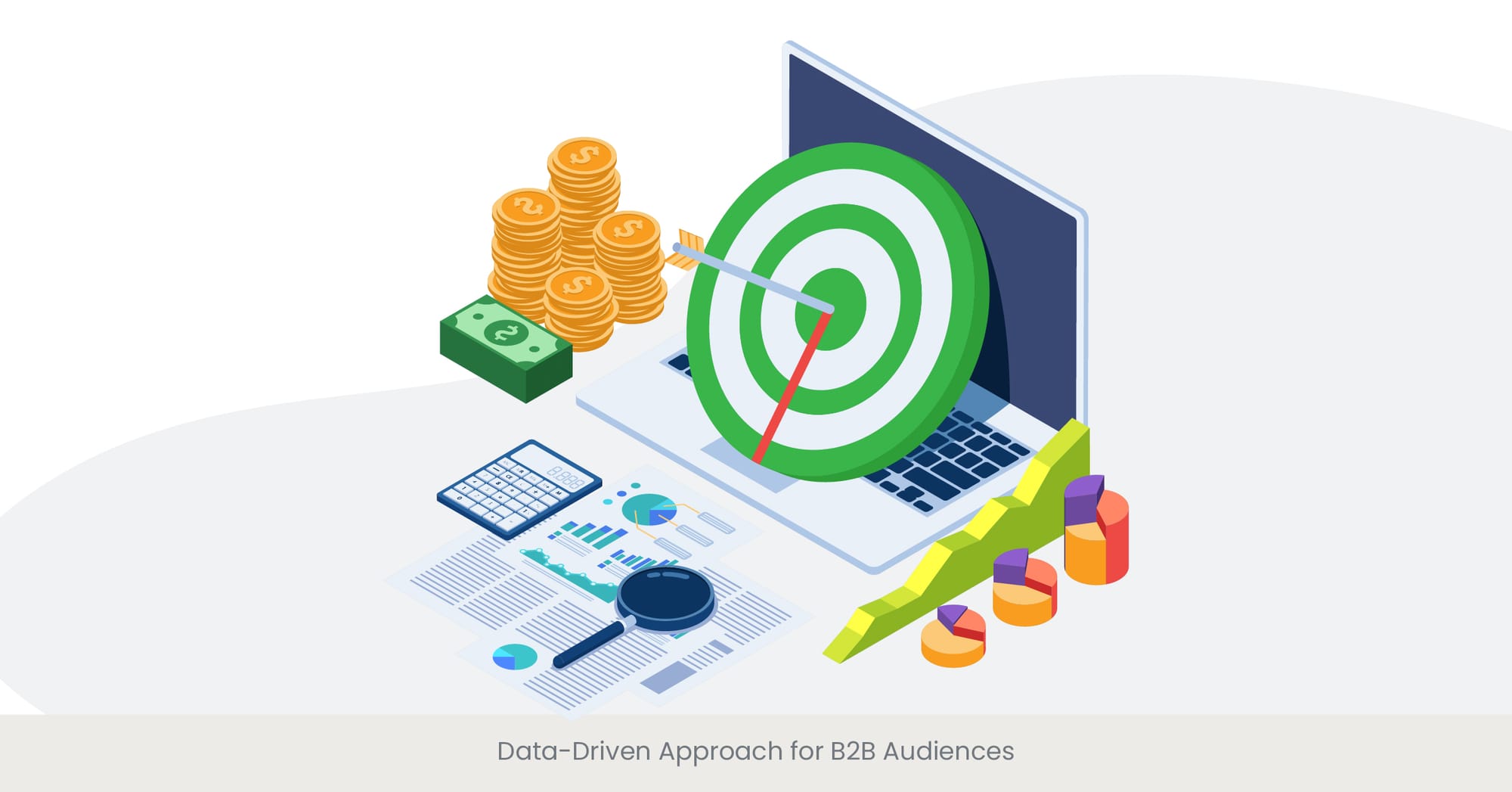
Harnessing Data for Effective B2B Presentations
A data-driven approach is fundamental when creating B2B product presentations. Business professionals expect comprehensive, accurate, and relevant data to support your claims and demonstrate the product's value. Using Product Presentation Structure Templates can help organize this data clearly, enhancing the audience's understanding. When presenting new products to B2B audiences, leveraging data and Engaging Product Presentation Scripts not only builds credibility but also aids in convincing potential clients of the product's benefits.
The Importance of Data in B2B Presentations
Data is crucial in B2B presentations as it provides concrete evidence to back up your statements. B2B audiences, which often include decision-makers, analysts, and executives, rely on data to make informed decisions. Incorporating metrics, statistics, and case studies into your Product Presentation Structure Templates is essential. Adding Visual Communication in Product Demos makes data easier to digest and keeps your audience engaged. A well-organized sales deck helps in addressing potential customers' pain points and showcasing the product's impact on their business operations.
Real-World Examples of Data-Driven B2B Presentations
A notable example of a data-driven B2B presentation is IBM's own sales presentation and pitch for their cloud solutions. IBM uses extensive data to demonstrate the scalability, reliability, and cost-effectiveness of their products. Their presentations often include detailed case studies, ROI calculations, and performance benchmarks. Another example is Microsoft, which uses data to highlight the benefits of their enterprise software solutions. By presenting clear and compelling data, these companies effectively convey the value of their products and persuade potential clients.
Research and References Supporting Data-Driven Presentations
Research from Forrester indicates that B2B buyers are 77% more likely to purchase from vendors who provide clear and compelling data during the sales process. A study by Gartner highlights that data-driven presentations can increase the likelihood of closing a sale by up to 30%. Including Presentation Coaching for Sales as part of your preparation ensures that your sales team can confidently present data in a compelling way. Presentations that leverage Visual Communication in Product Demos and data are perceived as more credible and trustworthy, further boosting your chances of success.
Emotional and Storytelling Techniques for B2C
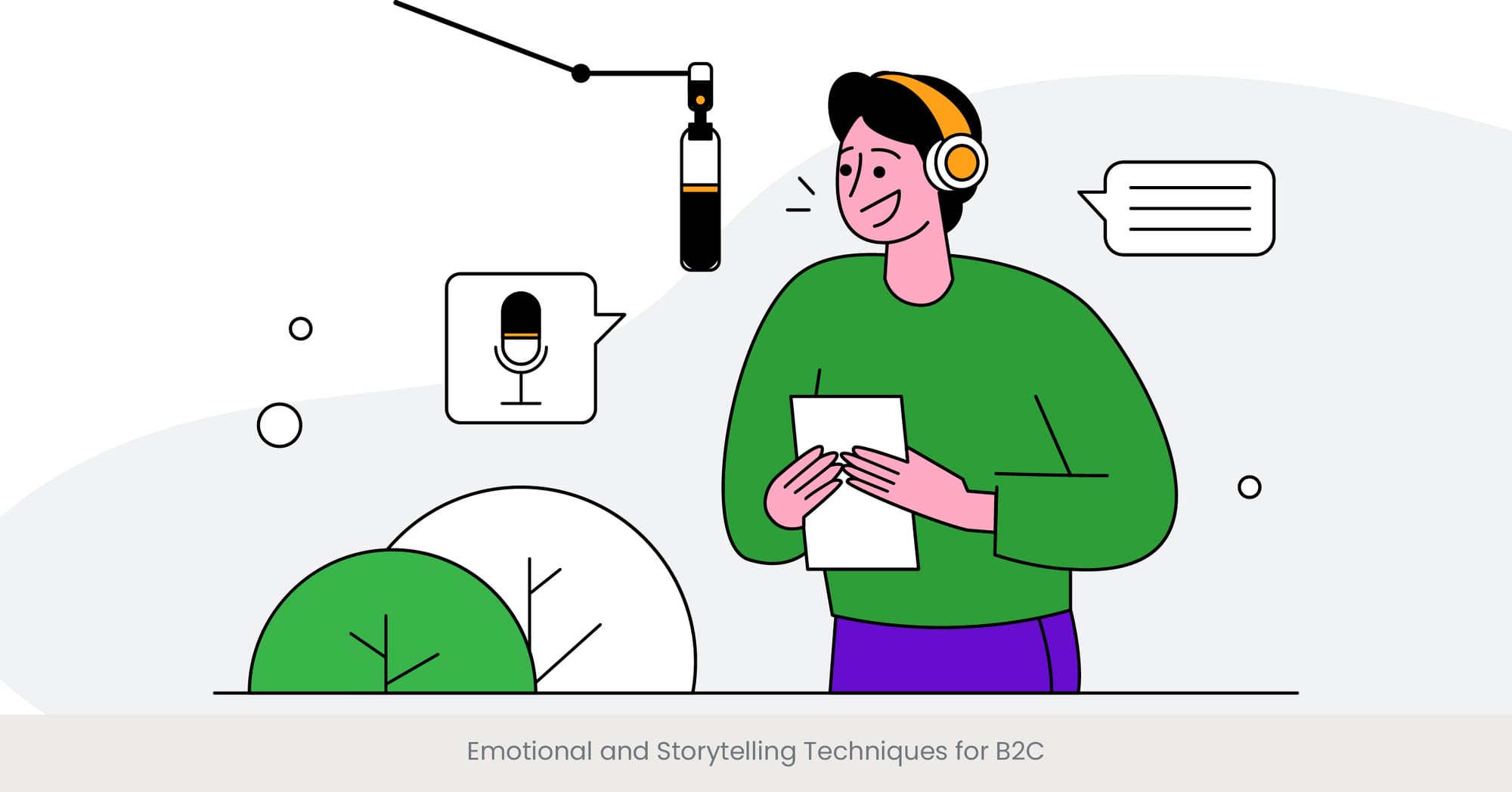
The Power of Emotion and Storytelling in B2C Presentations
Emotional and storytelling techniques are essential for creating compelling B2C product presentations. Consumers are more likely to connect with a brand and its products when they are emotionally engaged. By incorporating Engaging Product Presentation Scripts that include personal stories and real-life examples, you can effectively engage consumers and drive them towards making a purchase.
The Role of Storytelling in B2C Marketing
Storytelling in B2C marketing involves creating a narrative that aligns with the consumers’ lifestyle and aspirations. This is where Product Presentation Structure Templates can help, ensuring your presentation flows smoothly and emphasizes emotional touchpoints. Including Public Speaking Tips for Product Demos helps presenters deliver these stories with impact. Emotional appeals can also be made by addressing the audience's desires and needs, which makes the presentation more relatable and persuasive.
Real-World Examples of Emotional Storytelling
A prime example of emotional storytelling is Dove’s “Real Beauty” campaign. Dove uses Engaging Product Presentation Scripts featuring real women to challenge beauty stereotypes, while Apple’s presentations include Visual Communication in Product Demos that focus on how their devices improve everyday life. These presentations create a strong emotional connection with the audience, making the product more appealing and memorable.
Research and References Supporting Emotional Techniques
Research from the Journal of Consumer Research indicates that emotional appeals in marketing can significantly increase consumer engagement and loyalty. Presentations that evoke emotions tend to drive consumer action, with Product Presentation Structure Templates helping to organize content effectively. Including Presentation Coaching for Sales and Public Speaking Tips for Product Demos ensures presenters can deliver these stories confidently, further enhancing emotional engagement.
Showcasing ROI and Value Proposition for B2B
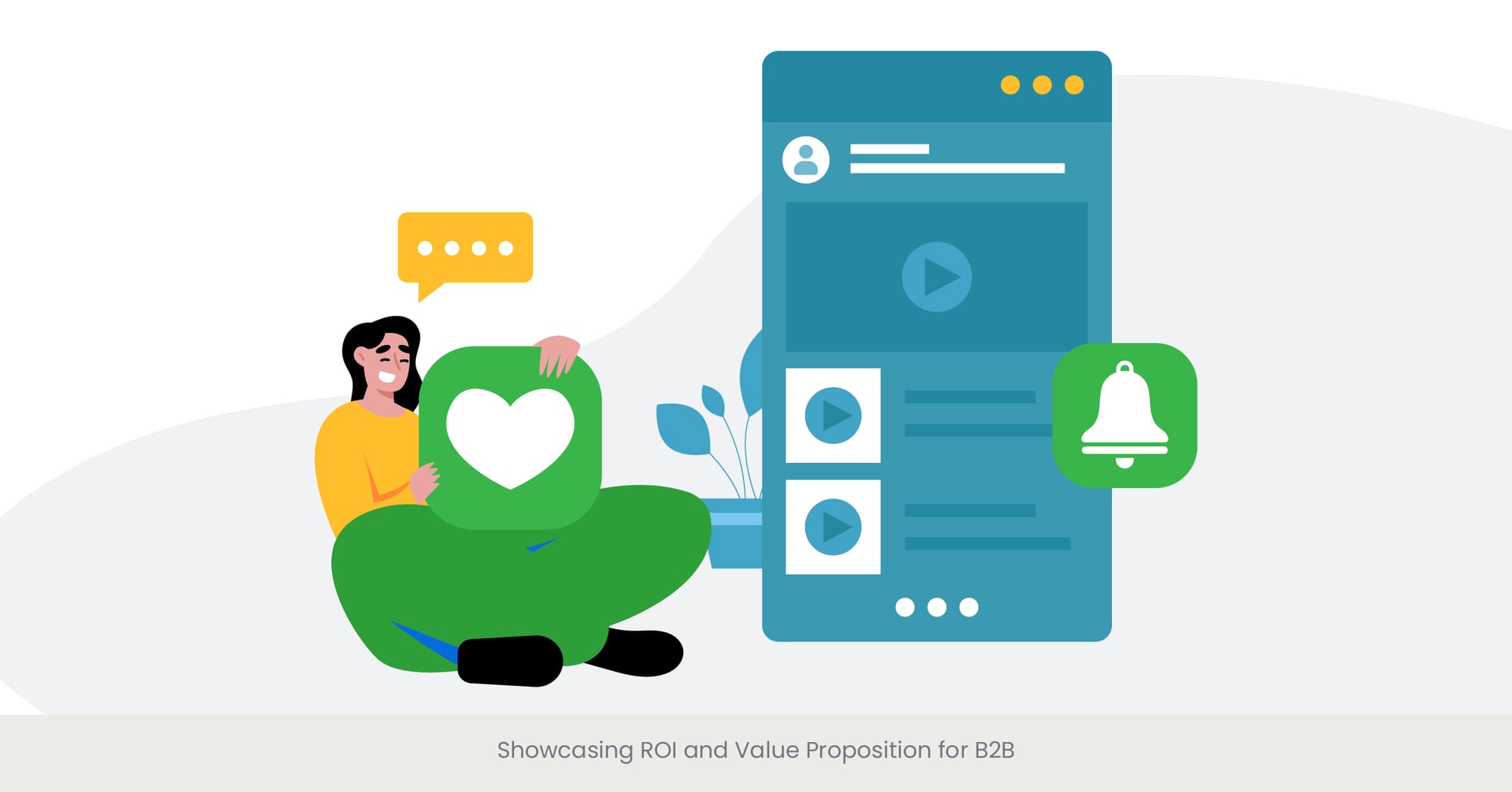
Demonstrating ROI in B2B Presentations
Showcasing ROI (Return on Investment) and a clear value proposition is essential when creating engaging product presentation scripts for B2B audiences. These decision-makers need to understand how your product impacts their bottom line, so using concrete data, cost-benefit analyses, and clear product presentation structure templates is crucial. Highlighting financial benefits builds credibility and can guide decision-makers to see your product’s true value.
The Importance of ROI and Value Proposition
In a B2B setting, a solid ROI presentation resonates with decision-makers who prioritize efficiency and cost-saving solutions. To effectively communicate this, include comprehensive visual communication in product demos that simplify complex data. Whether it’s showing cost reductions, increased revenue, or improved productivity, a strong value proposition makes your product’s worth clear. Utilize real-world examples and case studies to demonstrate how similar businesses have benefited from your product’s solutions. This strategy can dramatically improve engagement.
Real-World Examples of Effective ROI Presentation
Consider Salesforce’s product presentation scripts as a top-tier example. Their B2B presentations feature case studies and visual communication tools like charts and graphs, emphasizing financial gains experienced by their clients. Similarly, HubSpot highlights the ROI of their marketing software by showcasing customer success stories paired with clear analytics. These companies leverage effective product presentation structure templates to persuade buyers by showcasing the financial benefits and a clear value proposition.
Research and References Supporting ROI Emphasis
According to McKinsey & Company, B2B buyers are 65% more likely to engage with a vendor that clearly demonstrates ROI. Research from Forrester also emphasizes that decision-makers are twice as likely to purchase when presented with a compelling value proposition backed by real-world data. Public speaking tips for product demos, such as focusing on clear financial benefits, are also proven to enhance the persuasive impact of ROI-centered presentations.
Highlighting User Benefits and Lifestyle for B2C
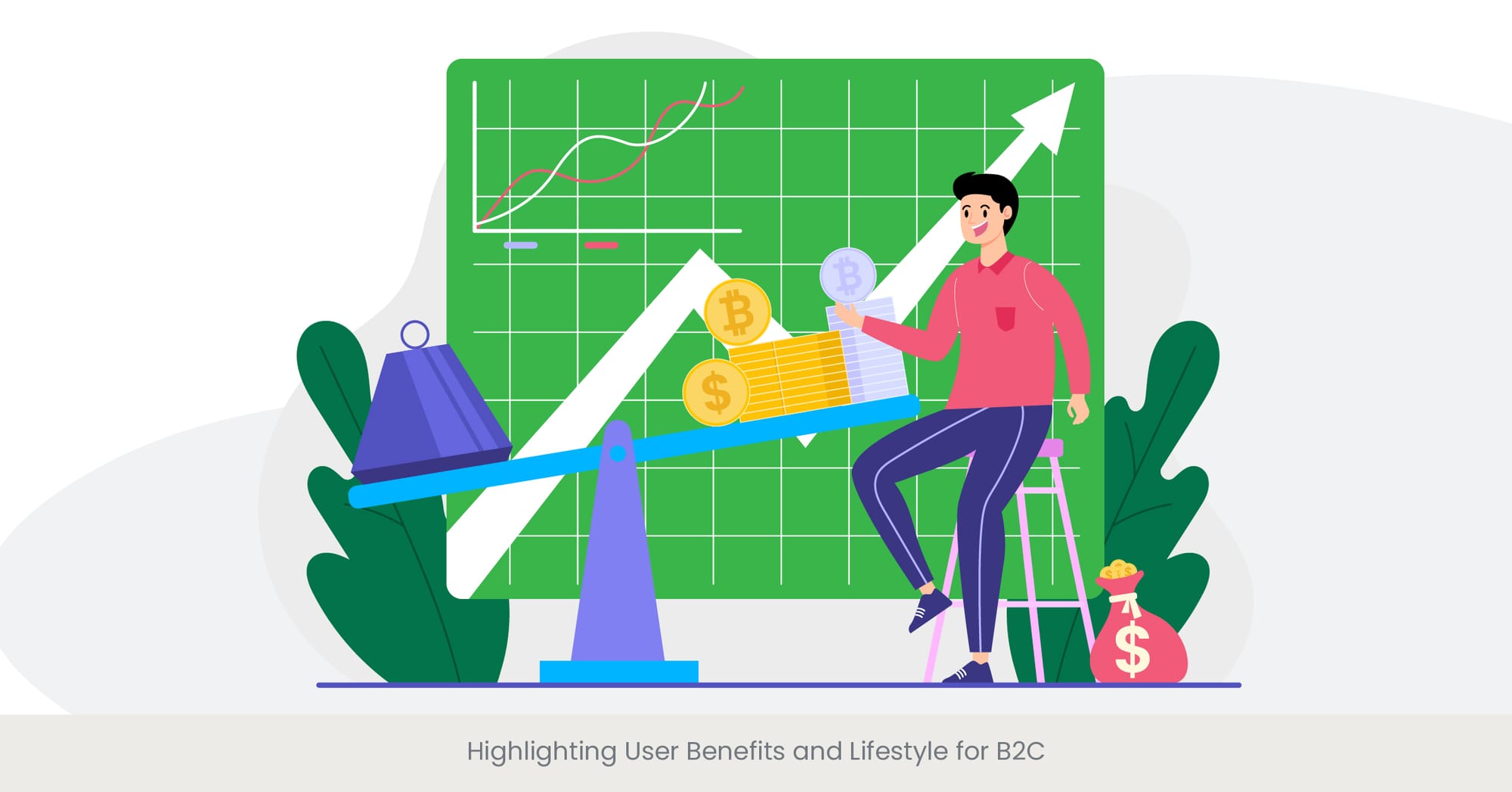
Focusing on User Benefits and Lifestyle
In B2C product presentations, highlighting user benefits and lifestyle integration is key to success. Consumers are more influenced by how your product fits into their daily lives and enhances their experience. Therefore, creating engaging product presentation scripts that emphasize the tangible benefits and lifestyle improvements of your product is crucial. Presentation coaching for sales can help refine your delivery to make a stronger emotional connection with your audience.
Deep Dive into User Benefits and Lifestyle Integration
In a product presentation structure template for B2C, the focus should be on how your product solves everyday problems or provides a unique benefit that improves the consumer's lifestyle. For example, if you're showcasing a health product, emphasize how it can save time, boost energy, or improve overall well-being. By using visual communication in product demos, you can make the product's benefits more relatable and desirable.
Real-World Examples of Effective B2C Presentations
A prime example of highlighting user benefits is Fitbit’s product presentations. Fitbit focuses on how their fitness trackers help users lead healthier lives by monitoring their physical activity, sleep patterns, and overall wellness. They use success stories and testimonials from users who have achieved significant health improvements. Another example is IKEA, which showcases how their furniture solutions can enhance home living through practical, stylish, and affordable designs. These presentations are effective in demonstrating how the products integrate seamlessly into the consumer’s lifestyle, making them more attractive to potential customers.
Research and References Supporting Lifestyle Marketing
Research from Nielsen indicates that consumers are 46% more likely to purchase a product if they can see how it fits into their lifestyle. A study by Deloitte found that highlighting lifestyle benefits can increase brand loyalty and customer satisfaction. Additionally, data from the Content Marketing Institute shows that storytelling and lifestyle-focused marketing can enhance engagement and conversion rates. These findings validate the importance of emphasizing user benefits and lifestyle improvements in B2C product presentations to capture consumer interest and drive sales.
Customizing the Call-to-Action for Each Audience
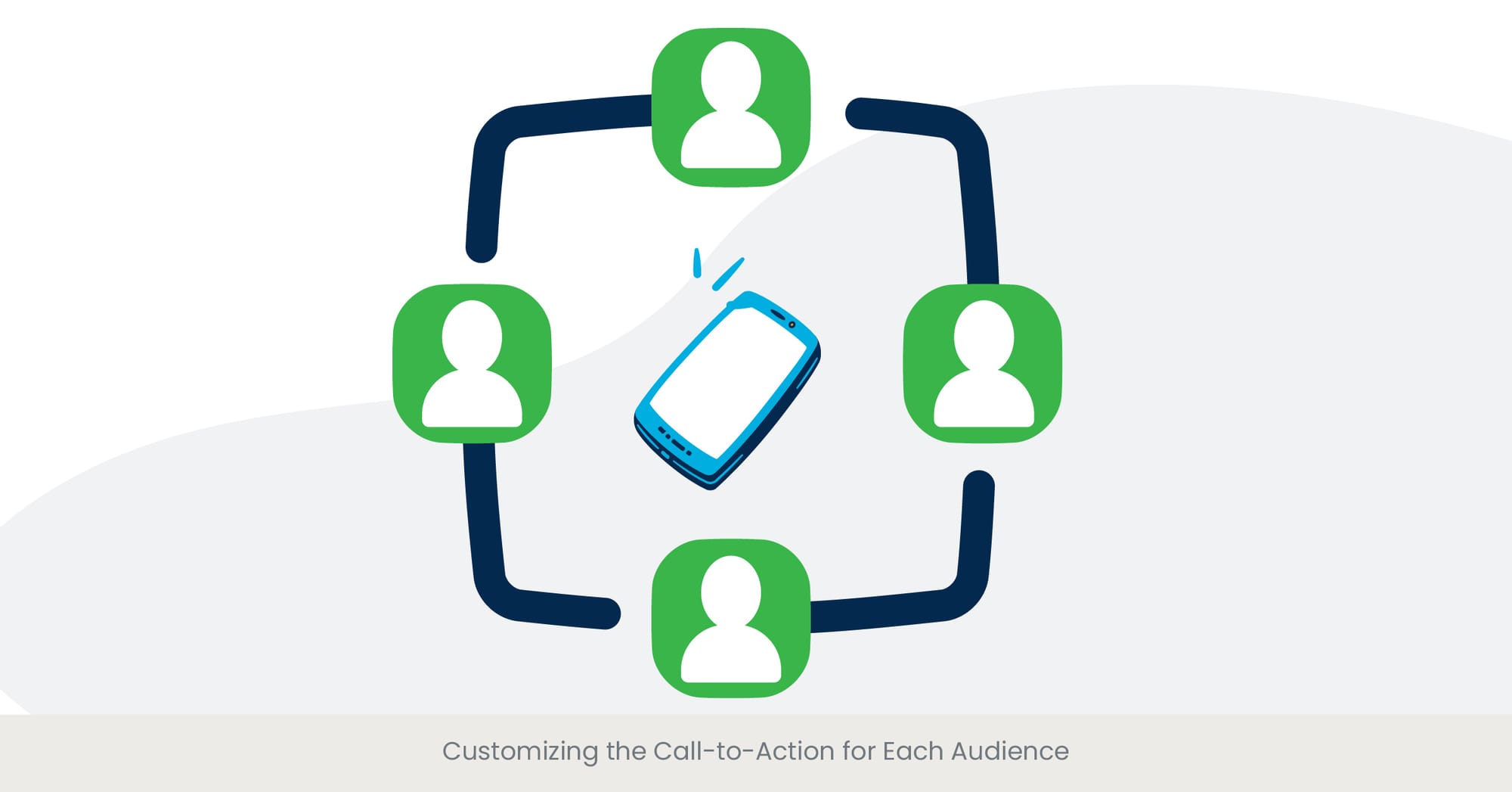
Tailoring CTAs for Maximum Impact
Tailoring your call-to-action (CTA) for maximum impact is crucial when wrapping up your product presentation structure template. Whether it's a B2B or B2C audience, the CTA should guide your audience toward the desired action. Presentation coaching for sales can help you refine your CTA, making it either logical and process-driven for B2B or more immediate and emotional for B2C.
The Importance of Audience-Specific CTAs
In B2B presentations, the CTA often involves a logical next step, like scheduling a meeting, downloading additional resources, or starting a free trial. For B2C, it’s about sparking immediate action with phrases like “Buy Now” or “Discover More.” Knowing how to craft audience-specific CTAs is a vital part of public speaking tips for product demos, ensuring that your product resonates and drives conversions.
Real-World Examples of Effective CTAs
An excellent B2B example is HubSpot’s CTA, which frequently prompts potential customers to “Request a Demo” or “Download Our Latest Report.” For B2C, brands like Amazon use direct CTAs such as “Add to Cart” or “Shop Now,” making it easy for consumers to take immediate action. Each CTA is tailored to the audience’s needs, highlighting why presentation coaching for sales is essential to maximize impact.
Research and References Supporting CTA Customization
Research from the Marketing Experiments Journal shows that personalized CTAs can increase conversion rates by up to 202%. Similarly, HubSpot reports that tailored CTAs perform 42% better than generic ones. By customizing CTAs, you can significantly improve the effectiveness of your product presentation scripts.
Utilizing Testimonials and Case Studies in B2B
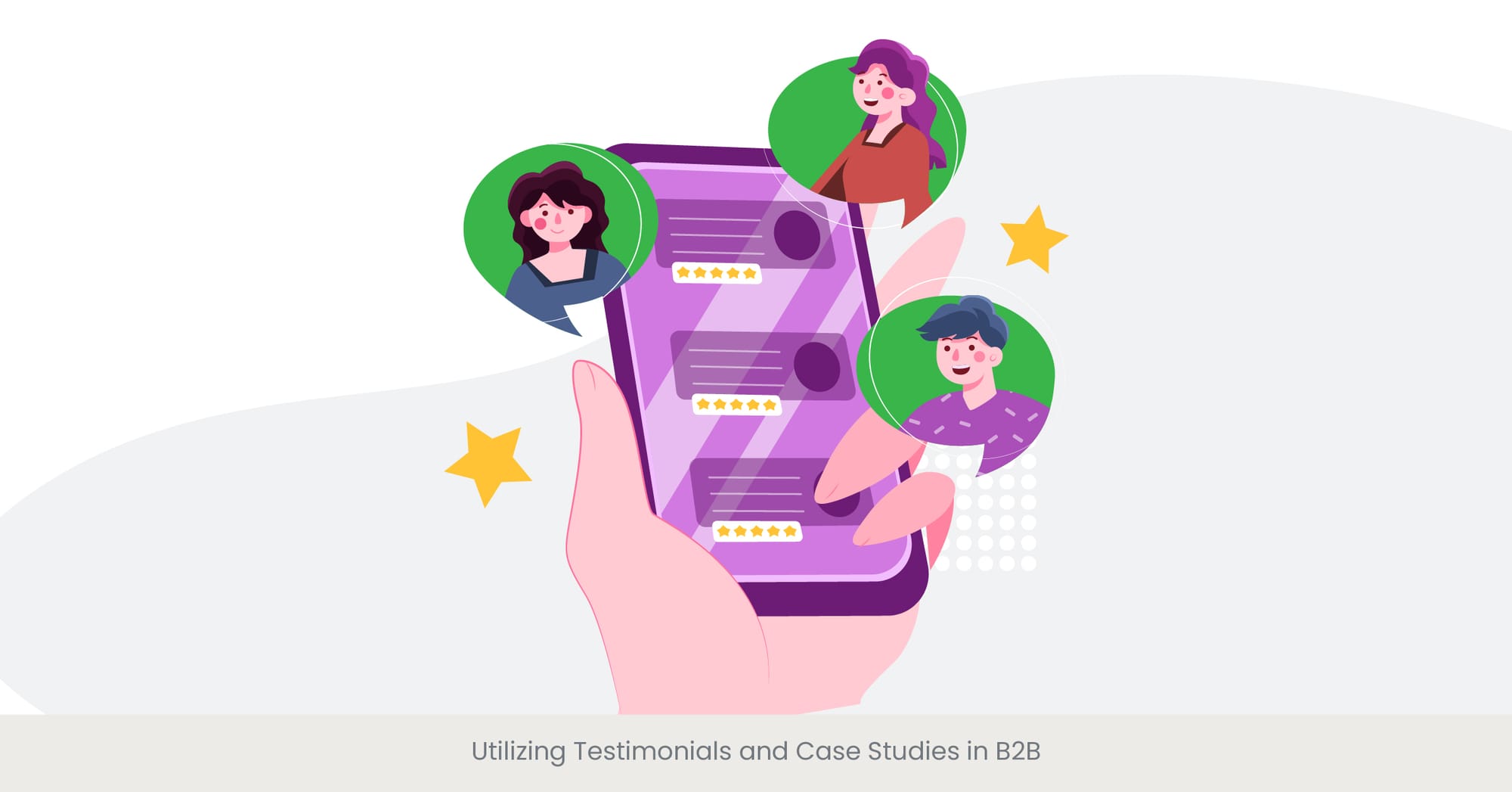
The Power of Testimonials and Case Studies
Incorporating testimonials and case studies into B2B presentations can significantly boost credibility. Both of these elements provide proof that your product works, using real-world scenarios and satisfied customer experiences. Using these tools effectively in a product presentation structure template will enhance trust and persuade potential buyers of your product’s reliability.
Deep Dive into Testimonials and Case Studies
Testimonials serve as endorsements from customers who have experienced the benefits of your product, while case studies provide detailed data on how your product was implemented successfully. By integrating these elements into your engaging product presentation scripts, you build a persuasive argument that addresses your audience’s pain points and demonstrates the tangible outcomes your product offers.
Real-World Examples of Effective Use
IBM’s B2B presentations often include in-depth case studies that highlight the measurable results their clients achieved, such as increased efficiency or cost savings. Adobe uses testimonials from well-known companies to emphasize the benefits of their Creative Cloud suite. These real-world examples underscore the power of testimonials and case studies in public speaking tips for product demos.
Research and References Supporting Their Use
According to the Content Marketing Institute, 78% of B2B buyers rely on case studies during the decision-making process. Harvard Business Review also emphasizes that presentations with detailed testimonials and case studies are far more persuasive. These findings confirm the importance of including these elements in your product presentation structure templates to enhance credibility and drive sales.
Influencer and User-Generated Content for B2C
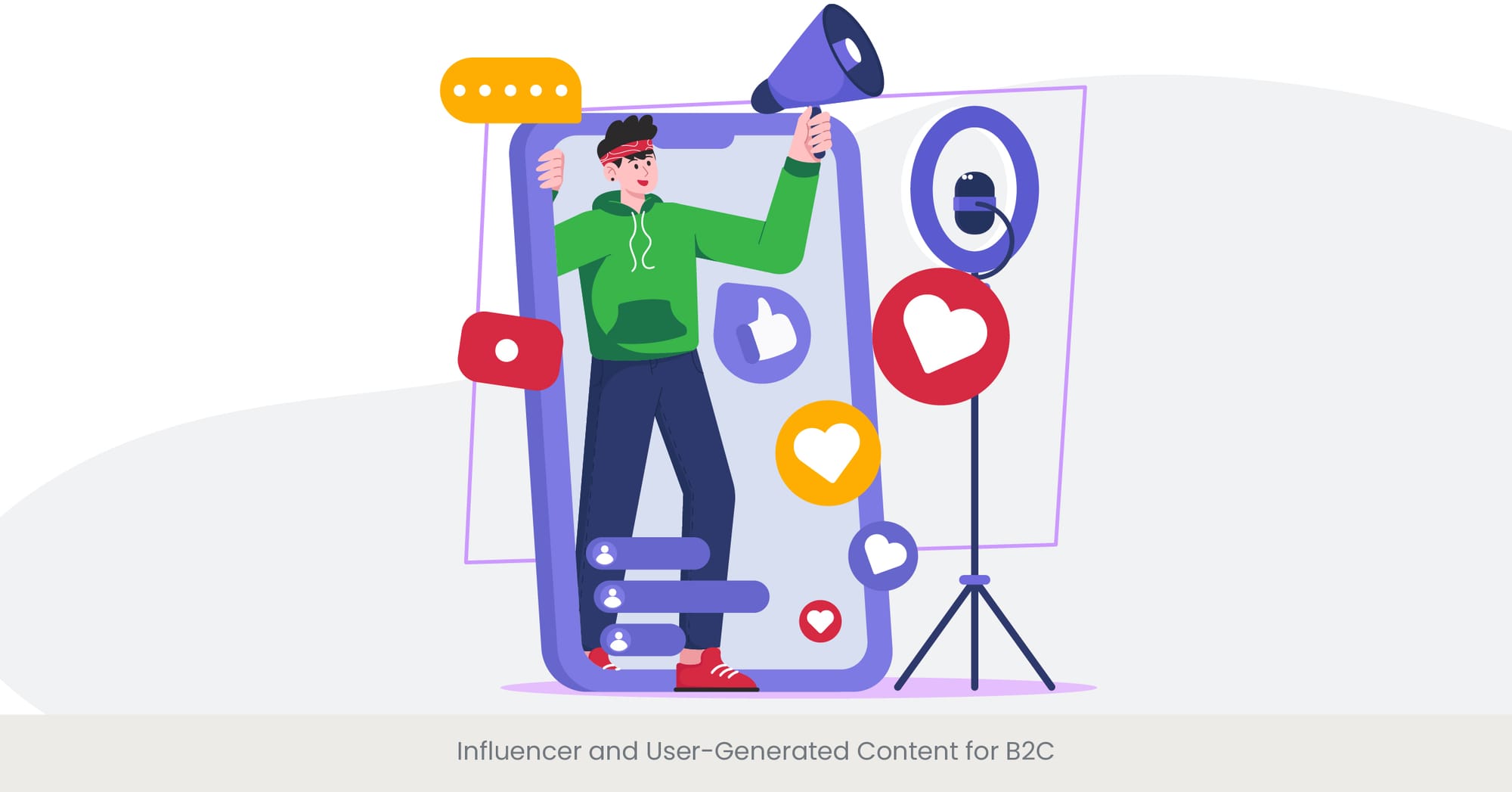
Leveraging Influencers and User-Generated Content
In B2C presentations, leveraging influencers and user-generated content (UGC) can significantly enhance the appeal and credibility of your product. Influencers have established trust and rapport with their followers, making their endorsements highly influential. User-generated content, such as reviews, testimonials, and social media posts, provides authentic insights from real customers. By incorporating these elements into your product presentation for retail, you can create a more engaging and relatable narrative that resonates with consumers.
The Role of Influencers and UGC in B2C Marketing
Influencers and user-generated content play a crucial role in B2C marketing by providing social proof and enhancing brand authenticity. Influencers can demonstrate how to use a product, share their personal experiences, and highlight its benefits in a relatable way. User-generated content, including customer photos, videos, and reviews, adds credibility by showing real-life applications and satisfaction. These elements help build trust and encourage potential customers to make a purchase. A sales presentation that includes UGC and influencer endorsements can effectively capture the audience's attention and drive conversions.
Real-World Examples of Successful UGC Integration
A prime example of successful integration of influencers and UGC is GoPro. The company encourages users to share their adventure videos and photos taken with GoPro cameras. These user-generated posts are often featured in GoPro’s marketing materials and presentations, showcasing the product's capabilities and creating a sense of community. Another example is Glossier, a beauty brand that heavily relies on influencer collaborations and user-generated content. Glossier’s presentations and social media campaigns frequently highlight testimonials and photos from real customers, enhancing the brand's authenticity and appeal. These strategies demonstrate how effectively incorporating UGC and influencer endorsements can enhance a product presentation.
Research and References Supporting UGC and Influencer Use
Research from Nielsen indicates that 92% of consumers trust recommendations from individuals over brands, highlighting the importance of influencers and UGC in B2C marketing. A study by Stackla found that 79% of people say user-generated content highly impacts their purchasing decisions. Additionally, data from the Content Marketing Institute shows that UGC can increase engagement by 28% compared to brand-generated content. These findings underscore the effectiveness of leveraging influencers and user-generated content in B2C product presentations to enhance credibility, engagement, and conversion rates.
Want to see how our presentations have made an impact? Check out our detailed case studies to see how we helped brands communicate their stories through engaging visuals and compelling scripts.
Technical Depth and Product Specifications for B2B
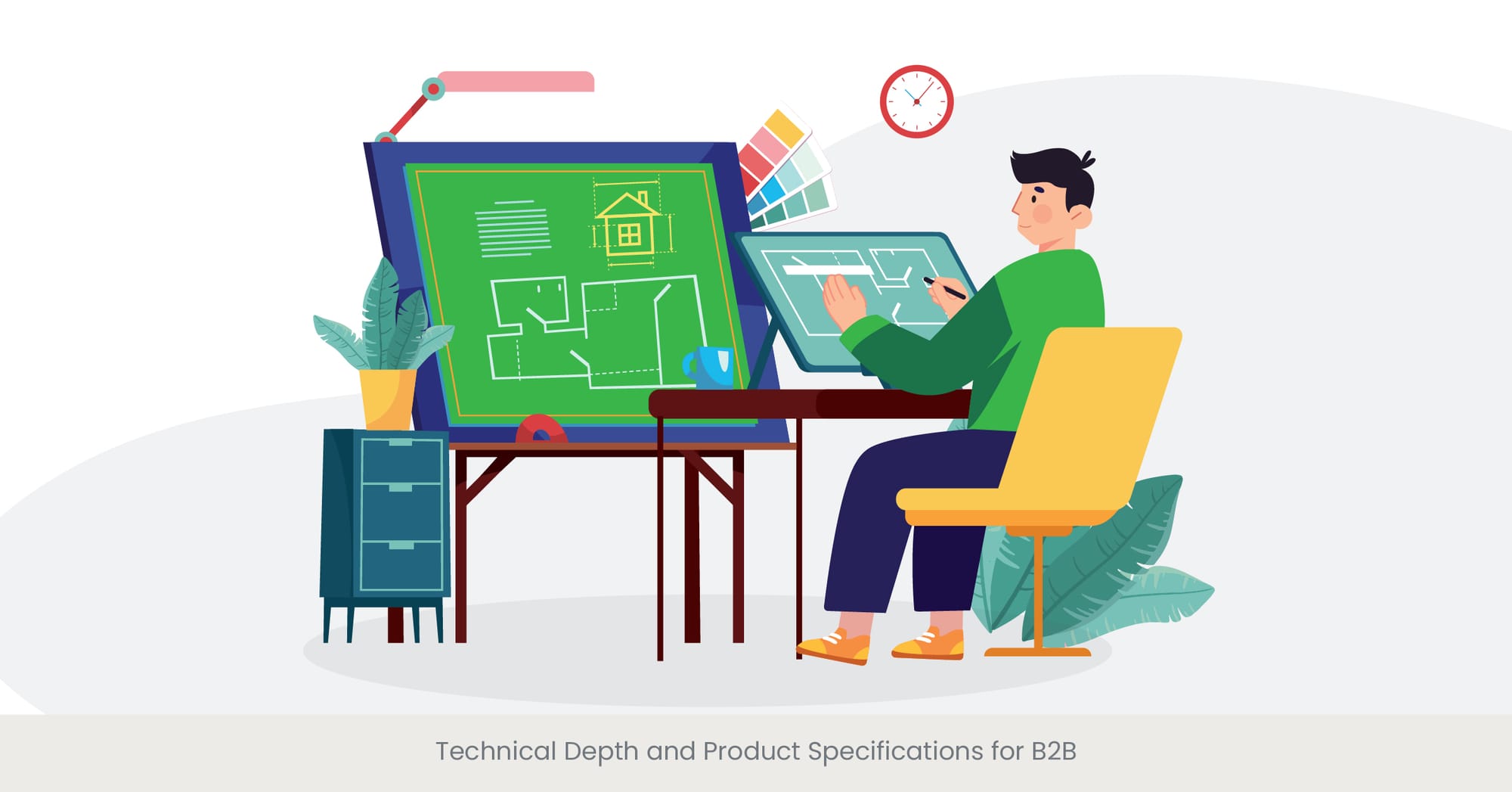
Emphasizing Technical Details in B2B Presentations
In B2B product presentations, providing technical depth and detailed physical product and specifications is crucial for convincing business professionals and decision-makers. B2B audiences typically include experts who require comprehensive information about the product's capabilities, performance, and technical aspects. A well-detailed technical presentation demonstrates your product’s robustness, reliability, and suitability for the business’s specific needs, making it an essential part of an effective sales presentation.
The Importance of Technical Details
Technical details and product specifications are key elements in a B2B presentation because they address the practical and operational concerns of business customers. This includes providing detailed information on product features, compatibility, performance metrics, and integration capabilities. Decision-makers need to understand how the product fits within their existing systems and how it can improve their operations. By offering a deep dive into the technical aspects, you can effectively highlight the value proposition and reassure potential clients of your product’s viability.
Real-World Examples of Technical Presentations
A notable example of emphasizing technical depth in B2B presentations is Cisco. Cisco’s sales presentations often include detailed technical specifications, network diagrams, and performance benchmarks to demonstrate the capabilities of their networking solutions. Another example is Oracle, which provides comprehensive product specifications, integration details, and case studies in their presentations to show how their software solutions can meet complex business requirements. These presentations use detailed slide decks that cater to the technical expertise of their audience, making them more persuasive and impactful.
Looking to elevate your product presentations with stunning visuals and professional scripts? We’ve helped businesses just like yours succeed with tailored solutions.
Research and References Supporting Technical Emphasis
Research from the Sales Management Association highlights that B2B buyers are 75% more likely to engage with vendors who provide detailed product information and specifications. A study by Gartner found that providing technical depth in presentations significantly increases the confidence of decision-makers in the product’s capabilities. Additionally, data from Forrester Research indicates that 82% of B2B buyers find detailed technical content crucial during the decision-making process. These findings validate the importance of including comprehensive technical details and product specifications in B2B product presentations to enhance credibility and drive sales.
Engaging Visuals and Simplicity for B2C
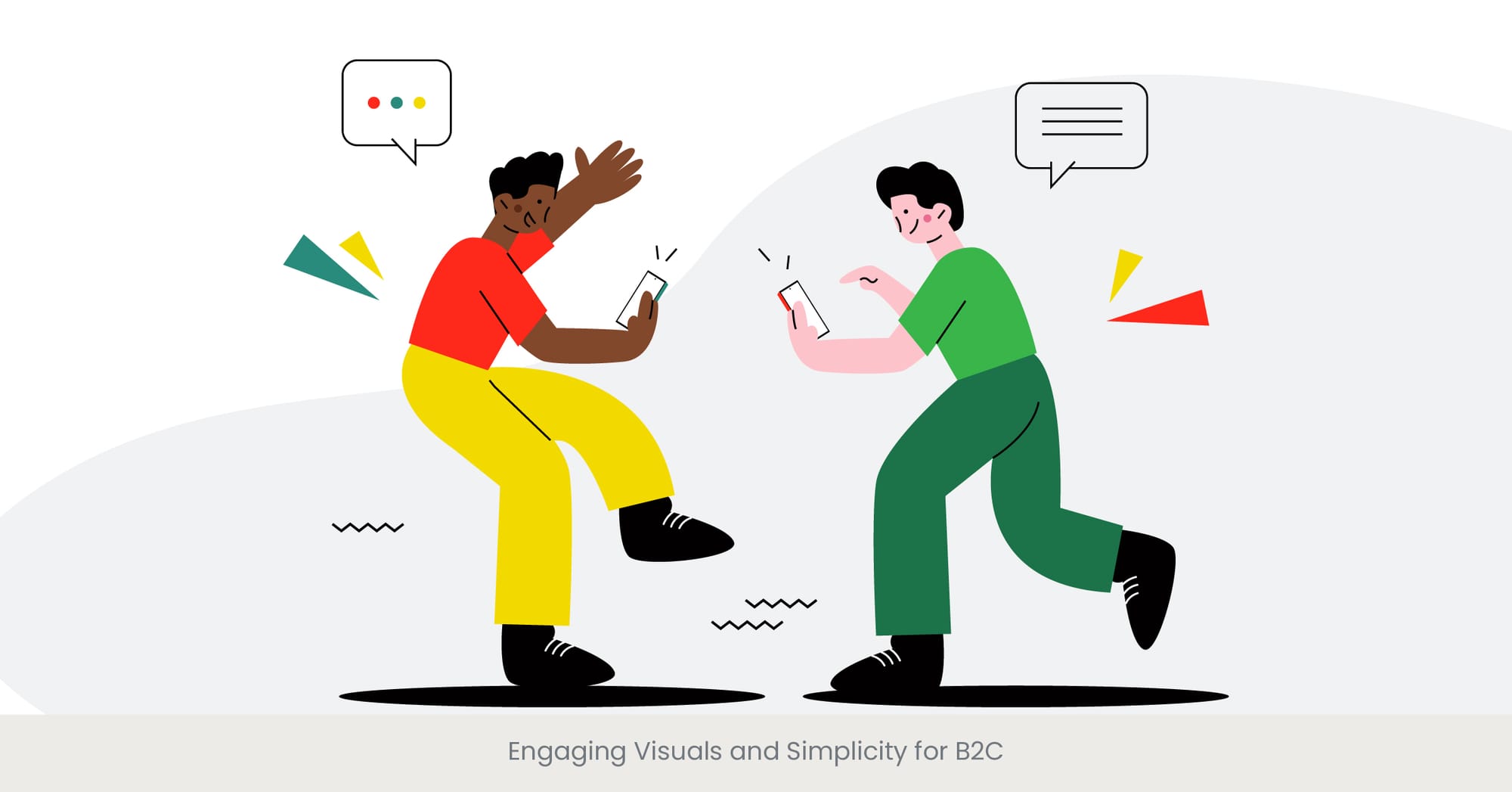
The Power of Visuals and Simplicity in B2C Presentations
The power of engaging visuals and simplicity cannot be overstated in product presentation scripts for B2C audiences. Consumers are drawn to visuals that captivate their attention and are paired with a clear and structured message. By utilizing visual communication in product demos, businesses can highlight key features and benefits without overwhelming their audience. The right product presentation structure templates help ensure that simplicity is maintained, making the content more relatable and easier to follow.
Incorporating high-quality imagery, sleek designs, and concise messaging in your product presentation scripts enhances the emotional connection with potential customers. Visual communication in product demos brings the product to life, enabling the audience to visualize how it fits into their lives. A structured approach, using product presentation structure templates, ensures the presentation flows smoothly, keeping the audience engaged throughout.
Public Speaking Tips for Product Demos are also vital to delivering a memorable and persuasive presentation. Effective presentation coaching for sales equips you with the confidence and skills needed to engage your audience, enhance visual communication in product demos, and seamlessly integrate product presentation structure templates into your script. With the right coaching and public speaking tips for product demos, you can transform your delivery, making a lasting impact on your audience.
Looking for in-depth strategies to perfect your sales presentations? Download our free guide for actionable tips and expert advice to make your next pitch a success.
The Importance of Visual Appeal and Simplicity
Brands like Apple and IKEA are well-known for their mastery of engaging product presentation scripts. Apple’s presentations are characterized by stunning visuals that showcase their products in clean, minimalistic slides. This reflects visual communication in product demos that allow the audience to focus on the product's features without distractions. IKEA’s presentations also utilize real-life applications and simple layouts, making their presentations easy to understand and effective in connecting with their audience. The use of product presentation structure templates ensures that the message is streamlined and consistent.
Real-World Examples of Effective Visuals and Simplicity
Research by Nielsen Norman Group confirms that users respond better to visually simple and clean presentations, which are easier to process and remember. HubSpot reports that presentations with high-quality visuals and minimal text are 43% more engaging. Meanwhile, the Content Marketing Institute highlights that visual content is 40 times more likely to be shared, proving the power of visual communication in product demos. These findings show that using product presentation structure templates, along with public speaking tips for product demos, significantly improves engagement and recall. For businesses looking to stand out, presentation coaching for sales provides an added advantage, ensuring each presentation is both impactful and polished.
Research and References Supporting Visual Simplicity
Research from the Nielsen Norman Group indicates that users prefer visually simple and clean presentations, as they are easier to process and remember. A study by HubSpot found that presentations with high-quality visuals and minimal text are 43% more effective in engaging audiences compared to text-heavy presentations. Additionally, data from the Content Marketing Institute shows that visual content is 40 times more likely to be shared on social media, highlighting its importance in B2C marketing. These findings underscore the value of using engaging visuals and maintaining simplicity in B2C product presentations to capture attention and drive consumer interest.
Stay ahead of the curve with the latest insights on presentation design. Our blog covers top trends and techniques to ensure your presentations are always cutting-edge.
Frequently Asked Questions
1. How to do a B2B presentation?
To do a B2B presentation effectively, focus on providing detailed information and demonstrating the ROI of your product. Use a professional tone, incorporate data and case studies, and highlight the product’s features and benefits. Engage your audience with a clear, concise slide deck and be prepared to answer technical questions. Tailor your presentation to address the specific needs and pain points of your target audience.
2. How do you pitch a B2B product?
Pitching a B2B product involves understanding your audience’s needs and presenting your product as the ideal solution. Start with a strong value proposition, supported by data and real-world examples. Highlight the product’s features, benefits, and how it can solve specific business challenges. Conclude with a compelling call-to-action, such as scheduling a demo or meeting, to move the next potential customer or client further down the sales pipeline.
3. What are B2B sales products examples?
Examples of B2B sales products include enterprise software solutions like Salesforce, cloud services like Amazon Web Services (AWS), and professional services such as consulting and training provided by companies like Deloitte. These products are designed to meet the specific needs of businesses and often involve complex, high-value sales processes.
4. How do I make a presentation for selling products?
To make a presentation for selling products, start by understanding your target audience and their needs. Create a compelling narrative that highlights the product’s benefits and features. Use high-quality visuals and keep the content simple and focused. Include testimonials, case studies, and real-world examples to build credibility. Conclude great sales presentation with a strong call-to-action, encouraging the audience to take the next step, such as making a purchase or scheduling a demo.
5. What should be in a product presentation?
A product presentation should include an introduction, a clear explanation of the product’s features and benefits, and real-world examples or case studies. Use a well-organized slide deck with high-quality visuals and concise text. Address the target audience’s pain points and demonstrate how the product can solve their problems. Include a compelling call-to-action to guide the audience towards the desired outcome next sales presentation.
6. What are the 4 types of sales presentation methods?
The four types of best sales presentations and presentation methods are:
- Scripted Sales Presentation: Follows a predetermined script.
- Consultative Sales Presentation: Focuses on addressing the specific needs and problems of the client.
- Customized Sales Presentation: Tailored specifically to the audience’s industry and needs.
- Interactive Sales Presentation: Engages the audience through questions, demos, and interactive elements.
7. What does a good sales presentation include?
A good sales presentation includes a clear and compelling value proposition, a well-structured narrative, high-quality visuals, and relevant data. It should address the target audience’s needs and should effectively identify their pain points, provide real-world examples and testimonials, and include a strong call-to-action. The presentation should be engaging, concise, and tailored to the audience’s preferences.
8. How do you write a presentation to sell a product?
To write a presentation to sell a product, start by defining your audience and their needs. Outline the key points you want to cover powerpoint presentation, including the product’s features, benefits, and value proposition. Use a structured format with an introduction, body, and conclusion. Incorporate high-quality visuals and real-world examples. Write a compelling call-to-action to encourage the audience to take the next step.
9. How do you market a product presentation?
To market a product presentation, use a mix of online and offline channels. Promote the presentation through social media, email campaigns, and your company’s website. Consider hosting webinars or live demos to engage with potential customers. Use targeted advertising to reach your ideal audience and encourage them to attend the presentation or view the recorded version.
10. How to sell an idea in a presentation?
To sell an idea in a presentation, start with a strong opening that captures the audience’s attention. Clearly articulate the problem your idea solves and the benefits it offers. Use data, visuals, and real-world examples to support your points. Engage the audience with a compelling narrative and address any potential objections. Conclude with a strong and clear call to action call-to-action that encourages the audience to support or invest in your idea.

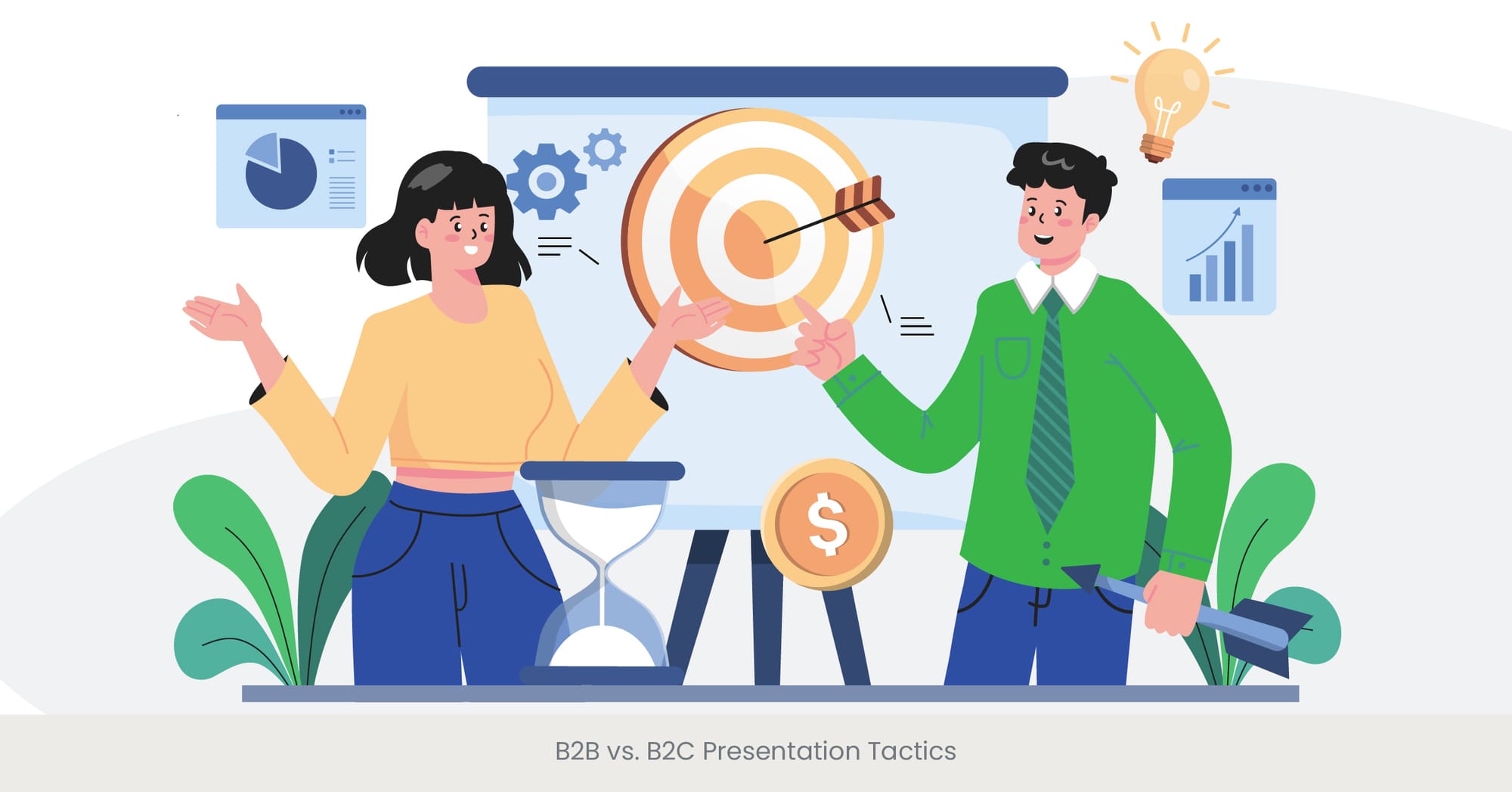

%20(1).jpg)
%20(1).jpg)


